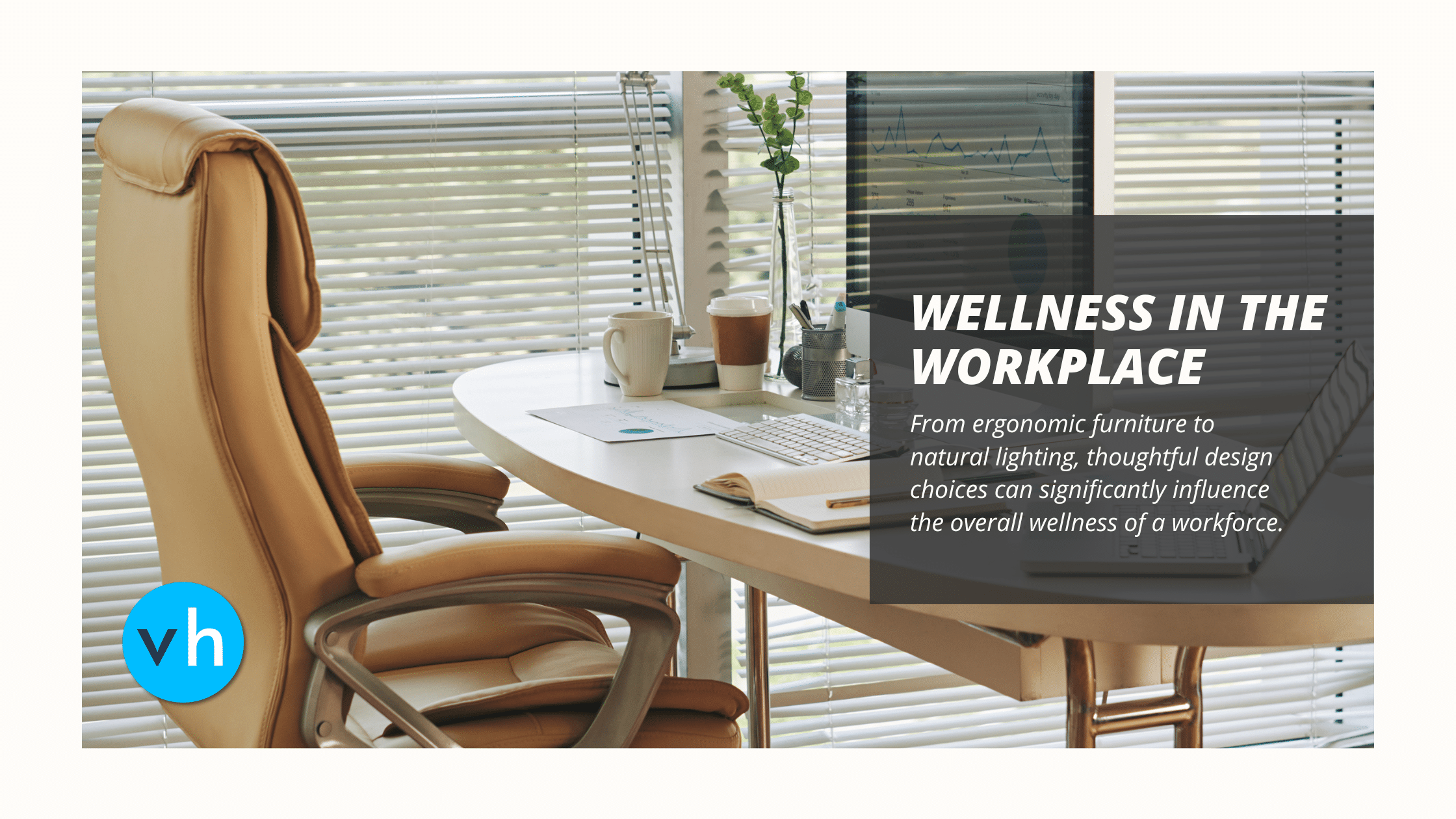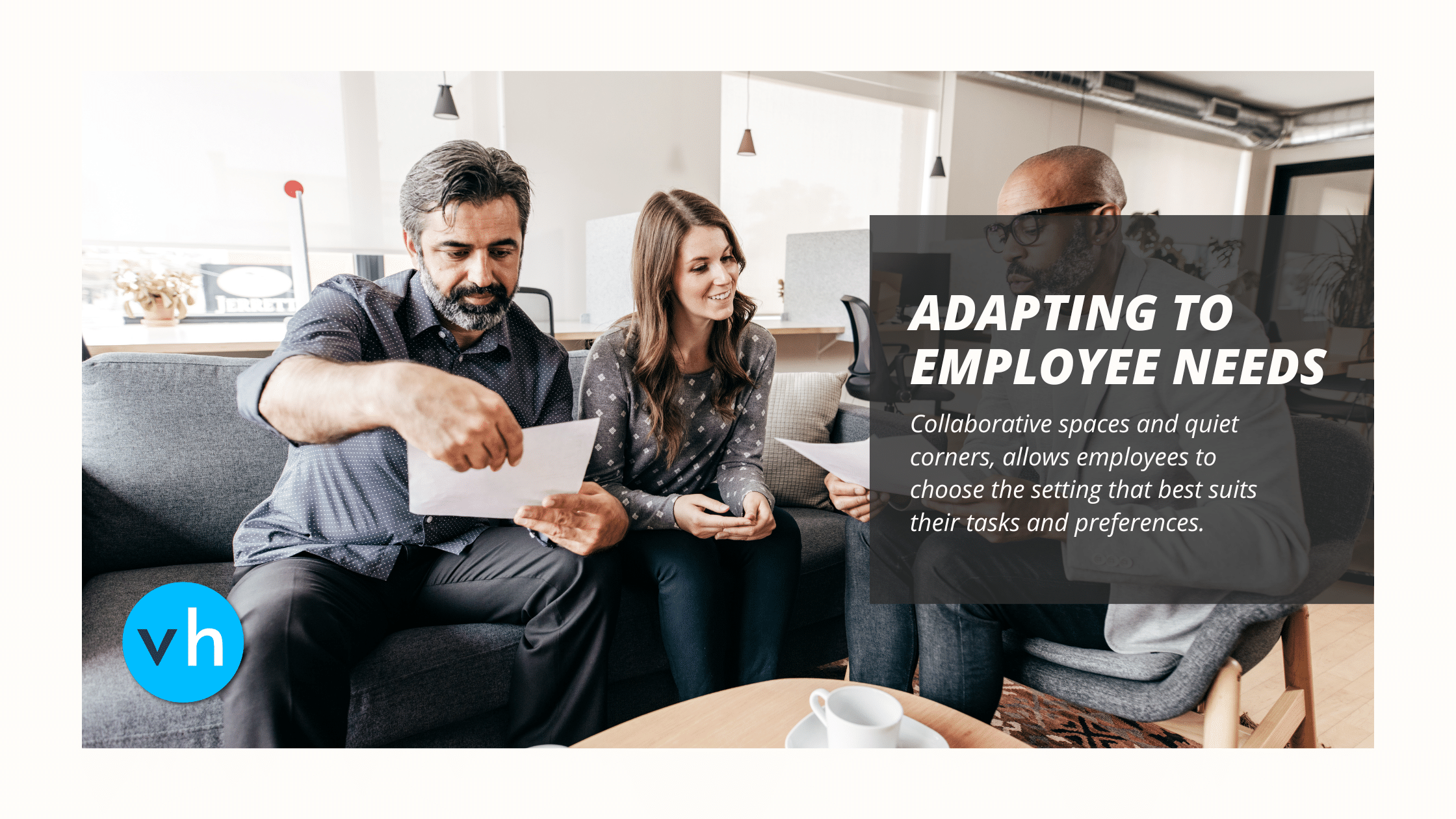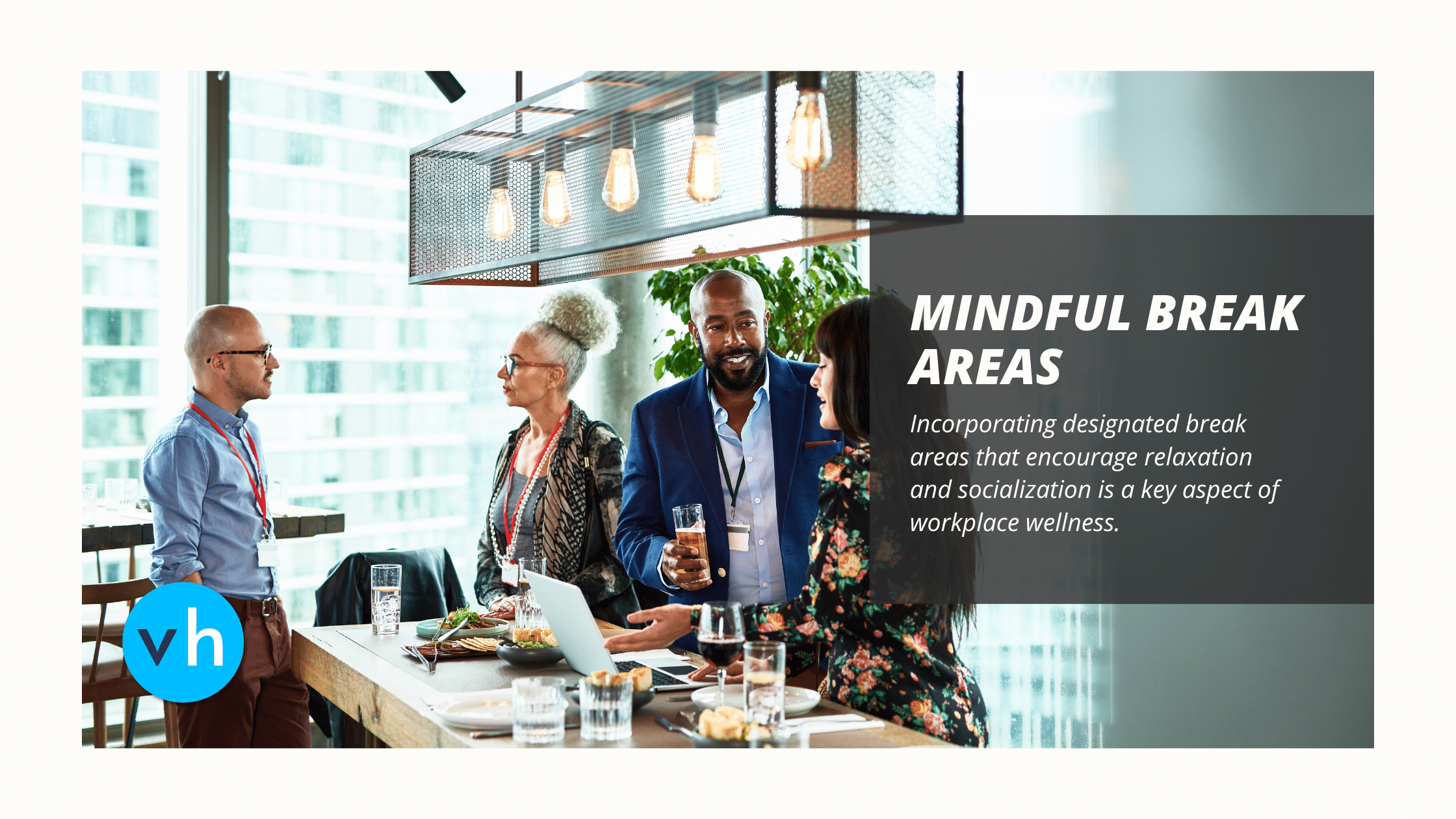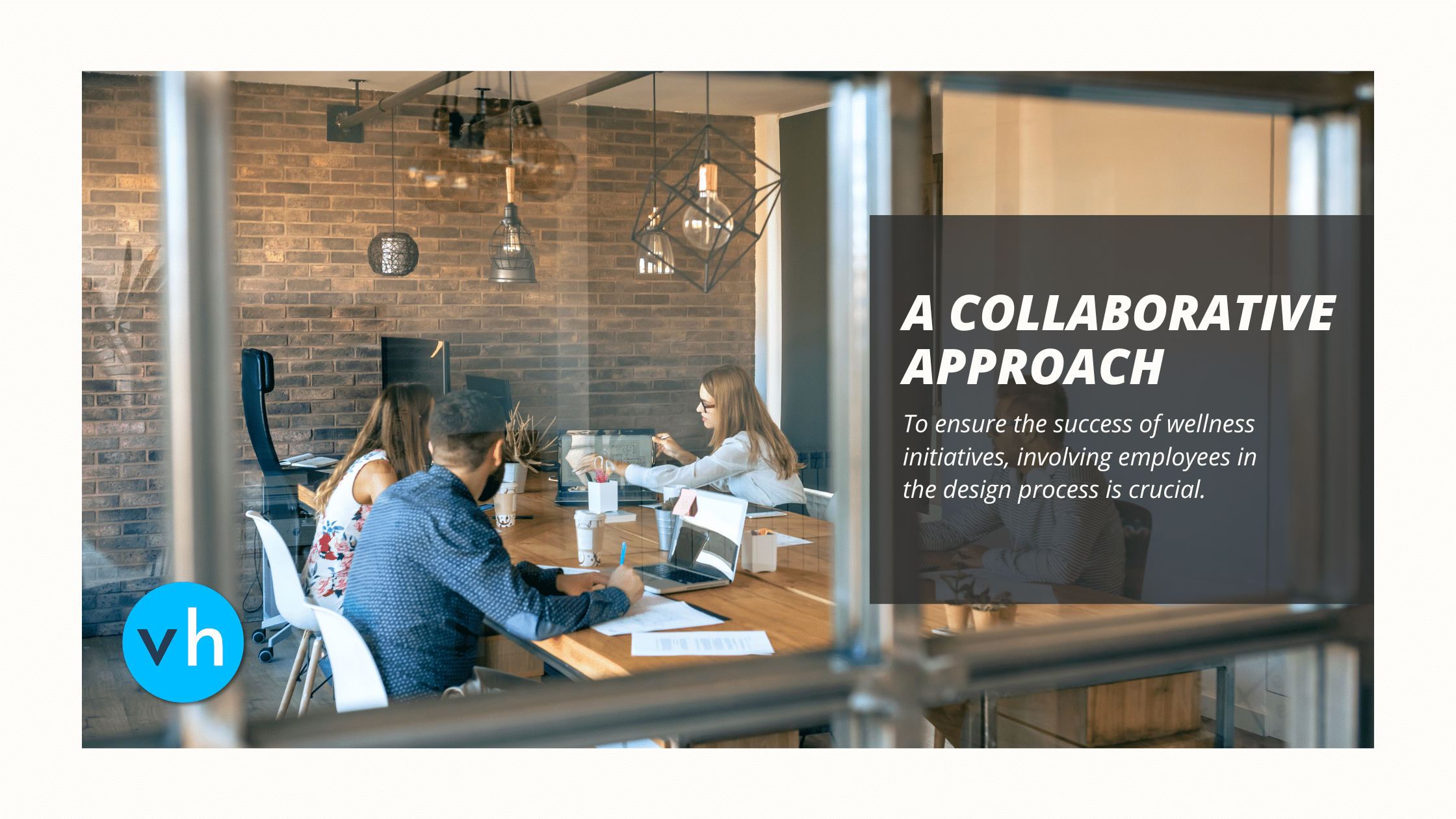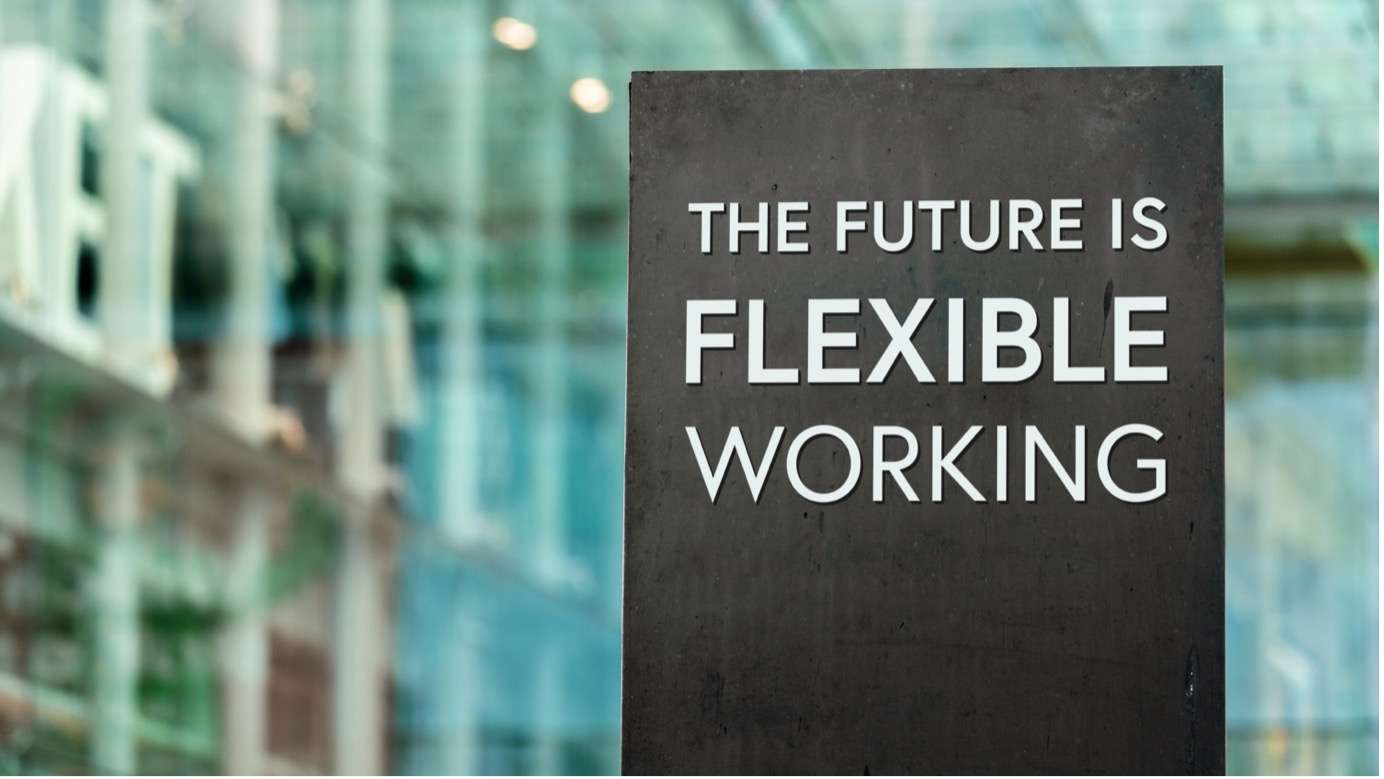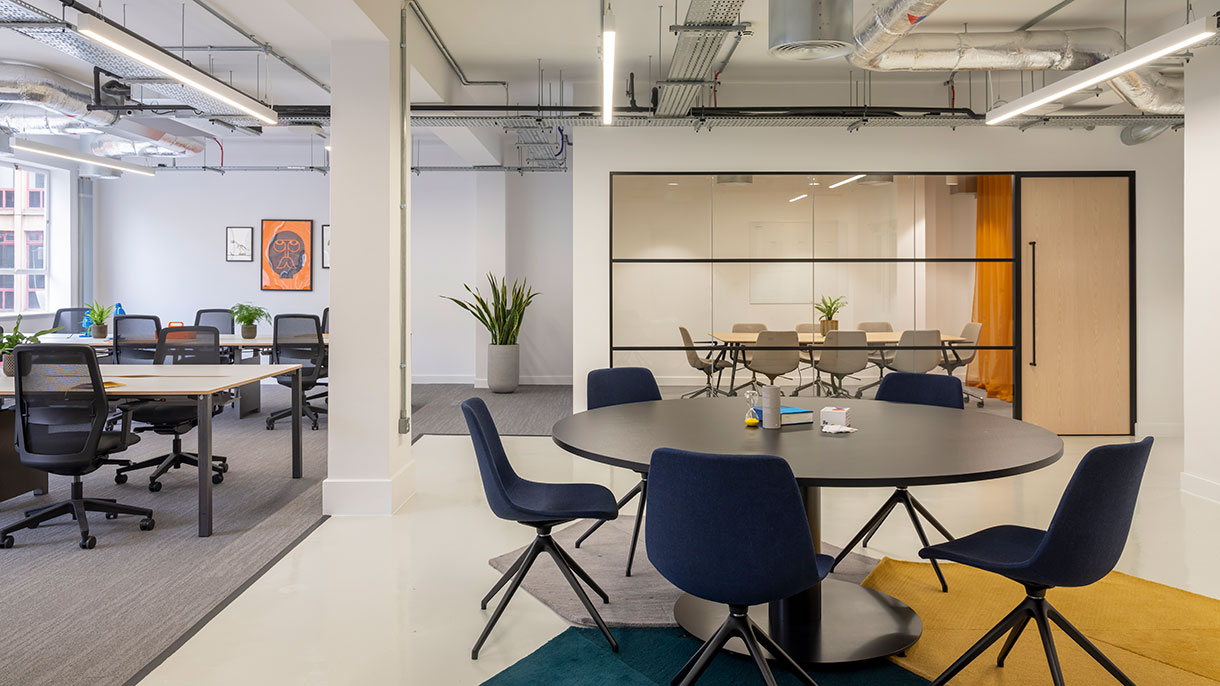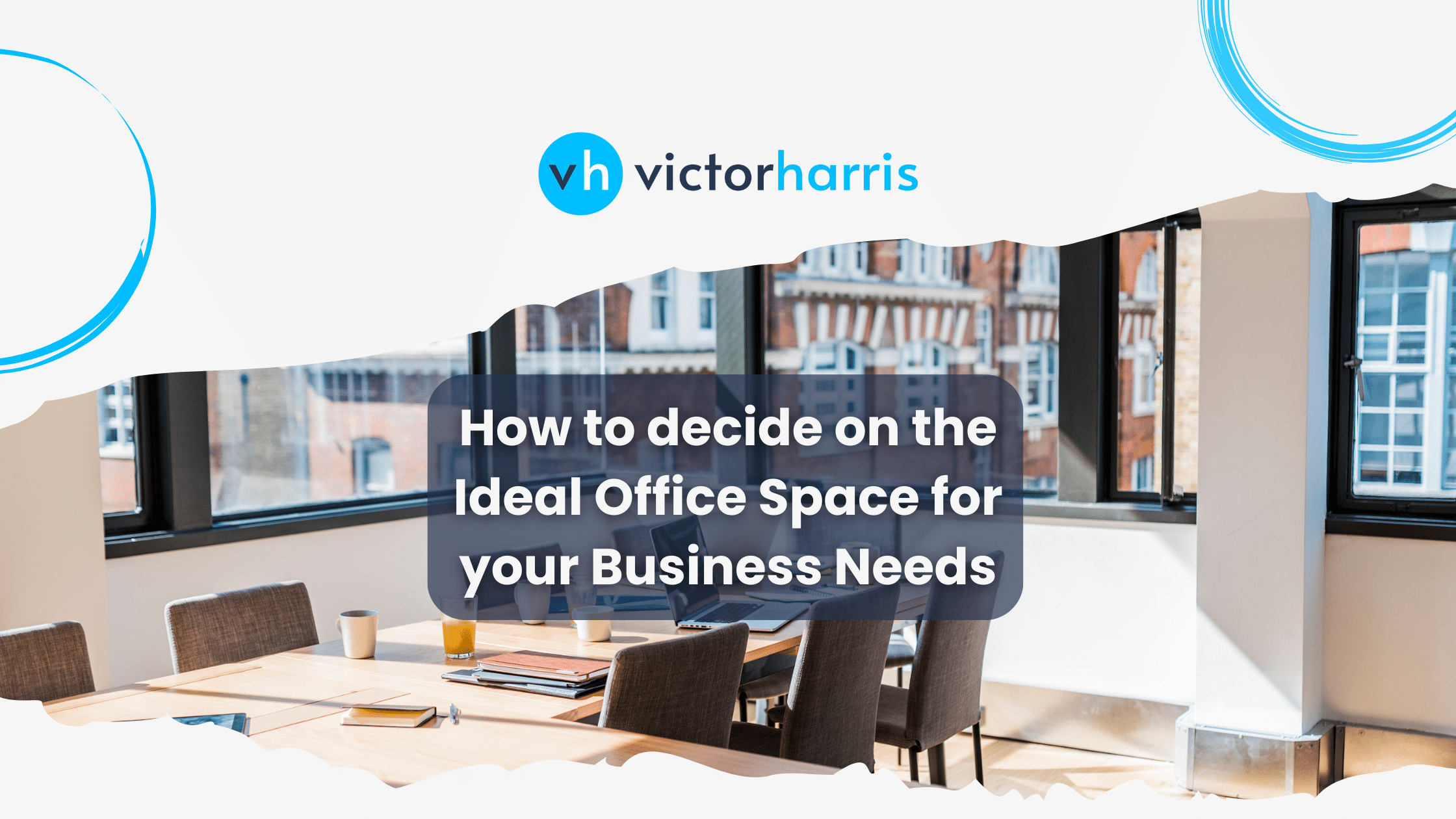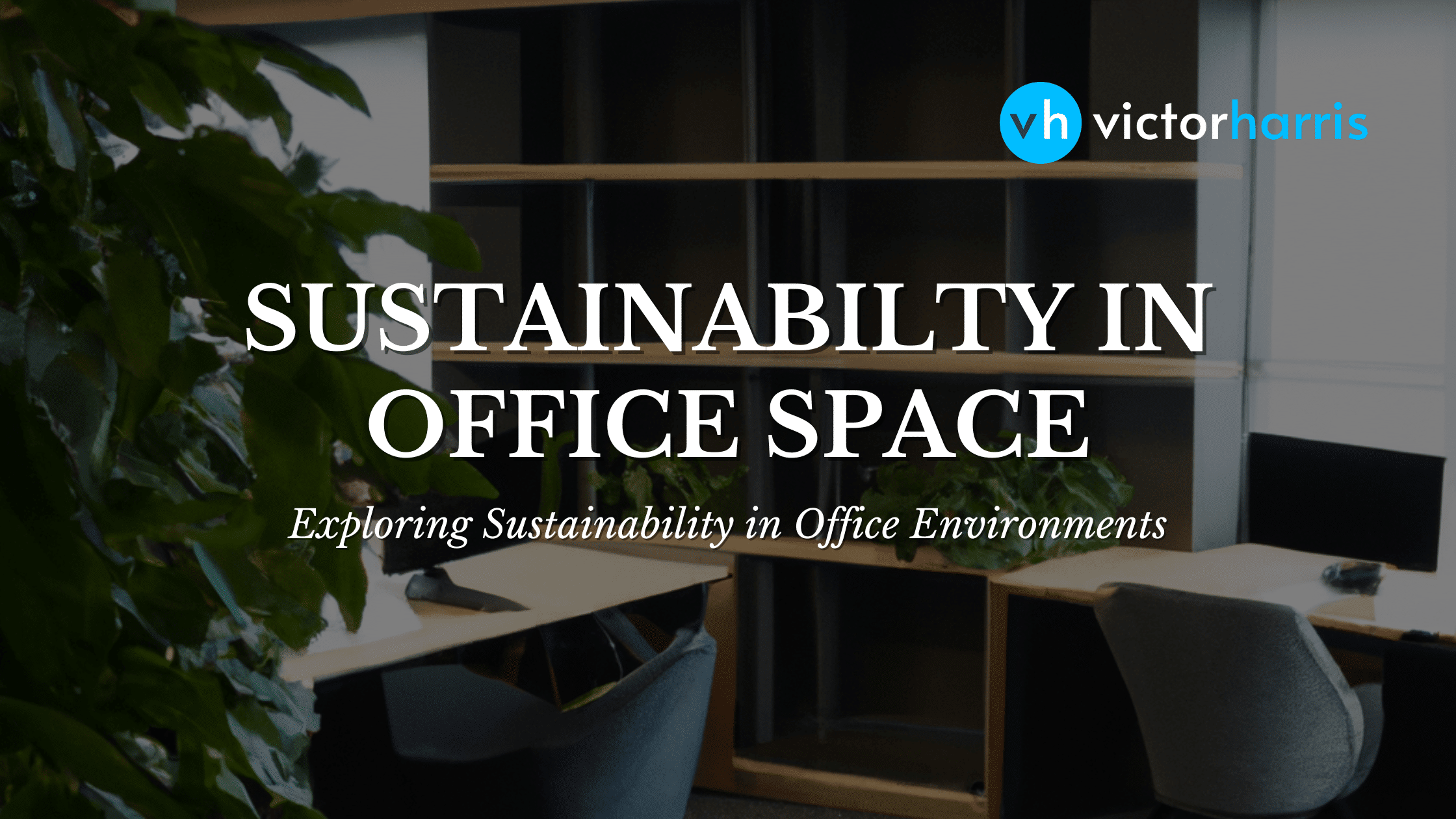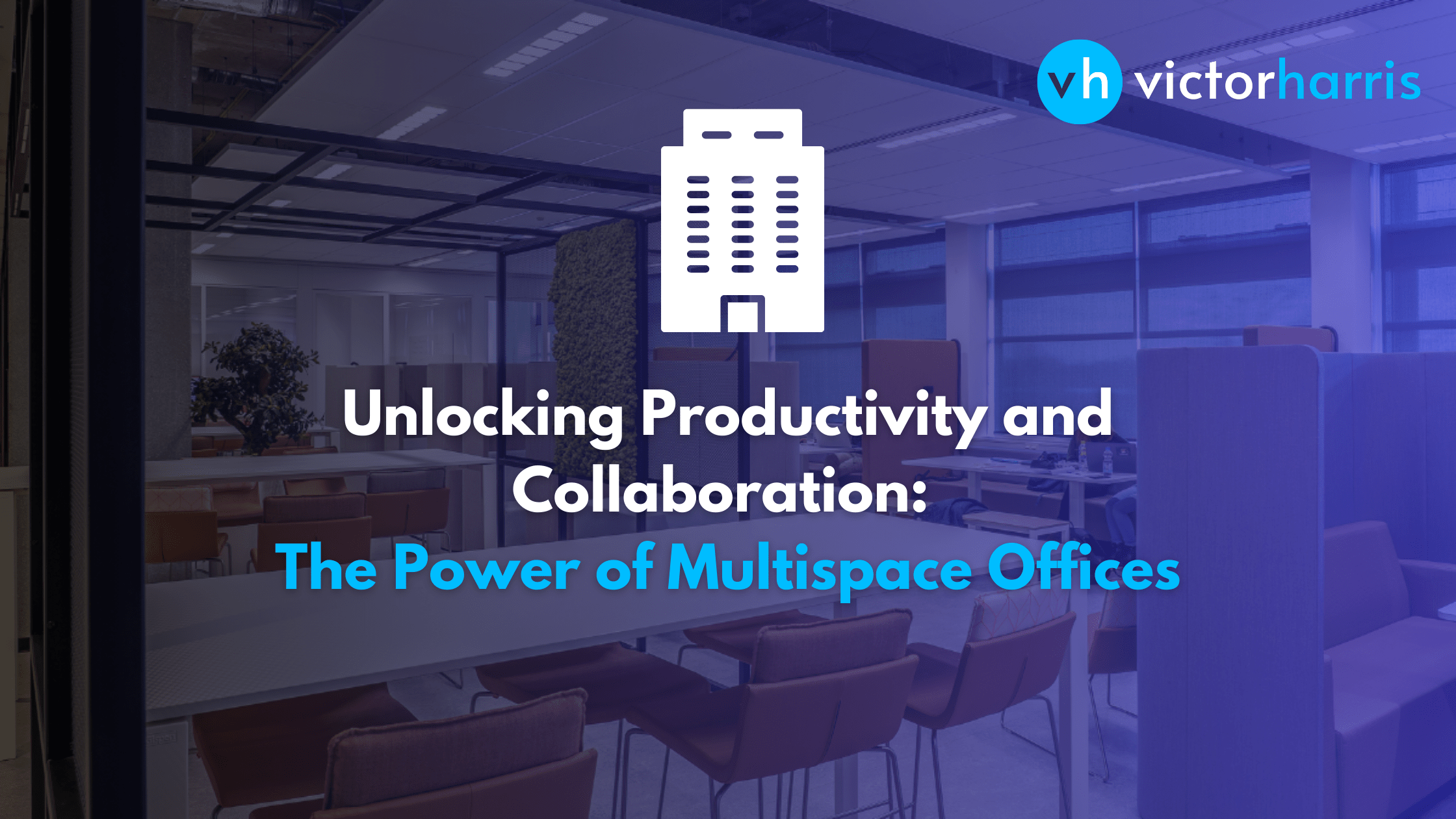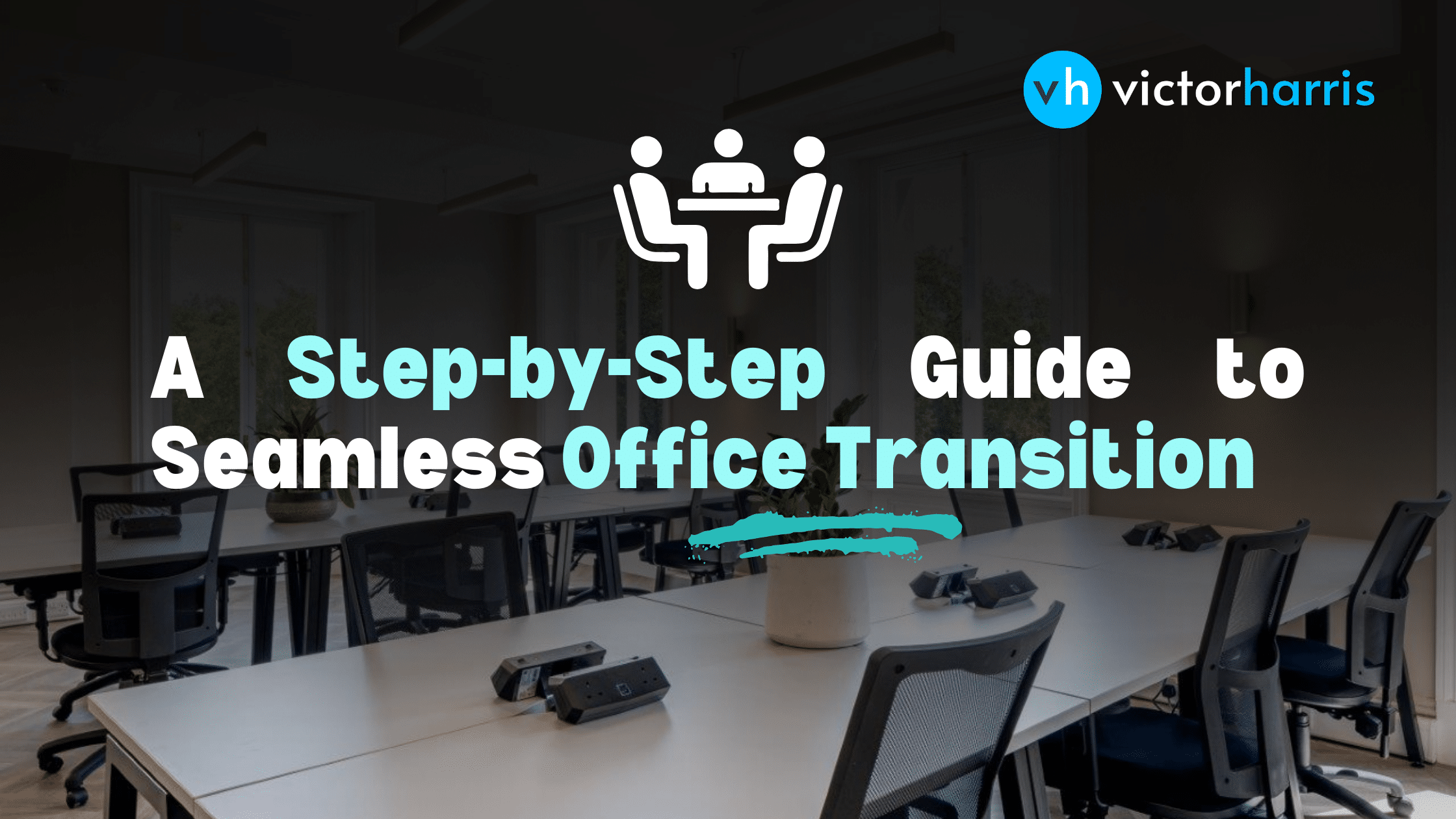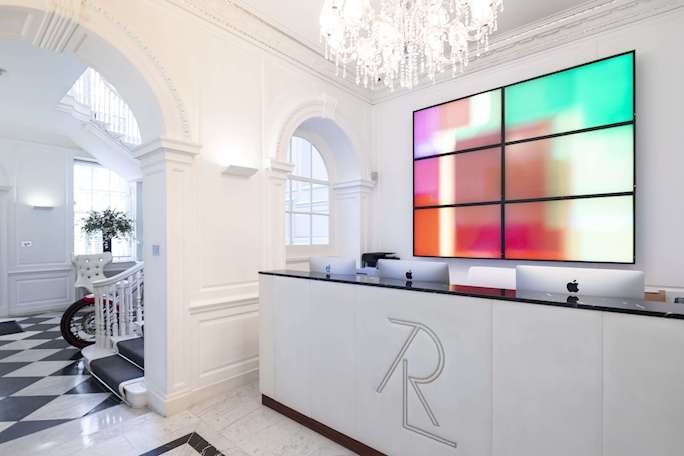Biophilic Design: Bringing Nature Indoors
One of the most impactful trends in workplace design is biophilic design, which integrates elements of nature into the built environment. Adding plants, natural materials, and even water features to the workspace can have a profound effect on employee well-being. Studies have shown that exposure to nature in the workplace can reduce stress, improve mood, and boost creativity. Incorporating biophilic elements is not only aesthetically pleasing but also enhances the overall wellness of the workplace.

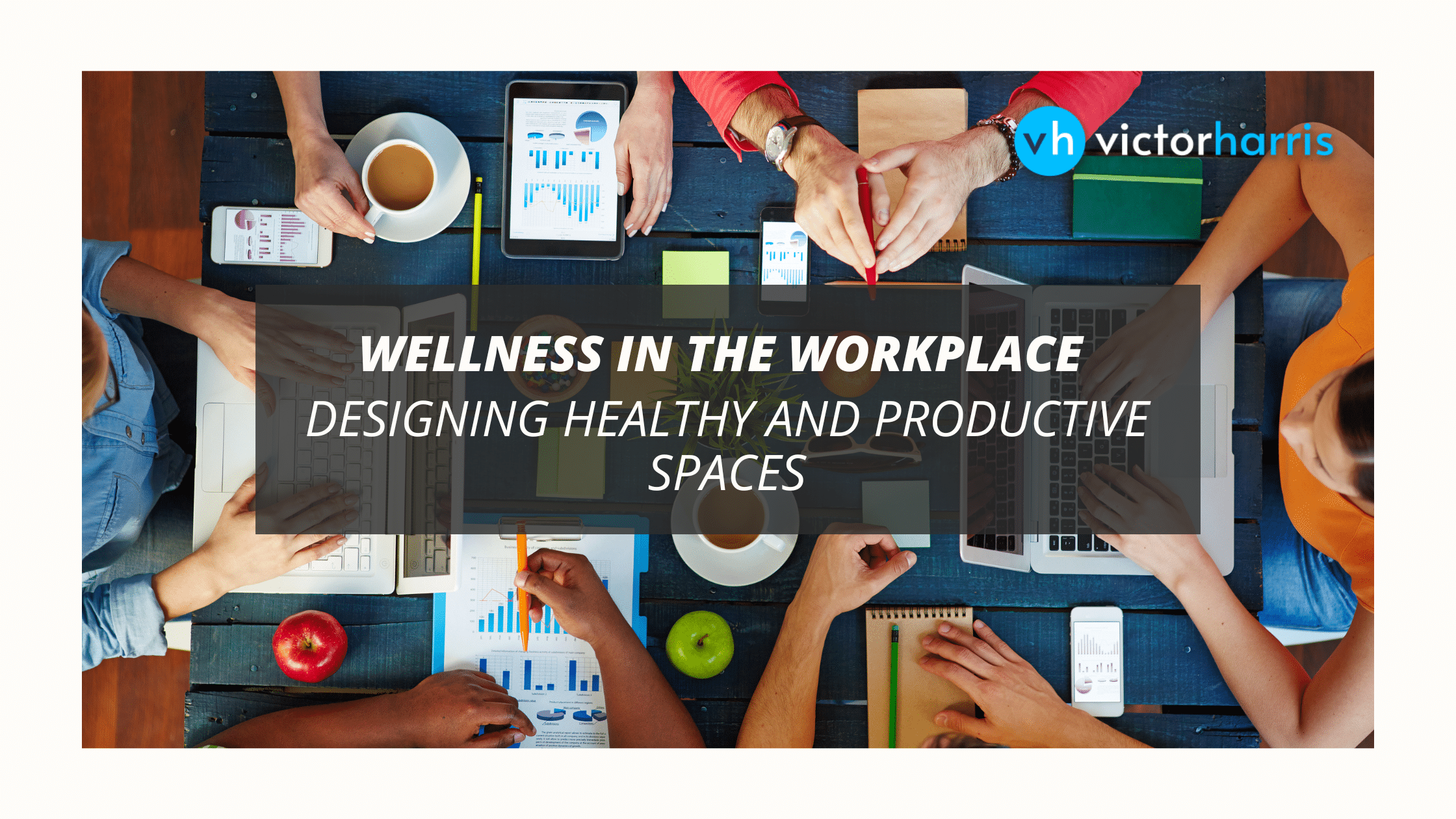

 Back to News
Back to News